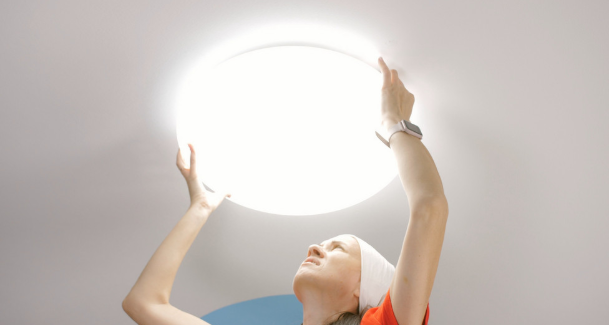In recent years, homeowners have been increasingly motivated to find energy-efficient solutions in their homes. Lighting plays a significant role in both the ambiance and the financial costs associated with modern home maintenance. This article aims to explore whether it is time to transition from traditional incandescent bulbs to LEDs in your home.
The Energy Efficiency of LED Lighting
One of the main driving forces behind the switch to LEDs is their energy consumption rate. LED lights are recognized for using up to 80% less energy compared to traditional incandescent bulbs. This substantial reduction not only brings down electricity bills but also significantly reduces a home’s environmental footprint.
Additional energy savings can be realized over time due to the longevity of LEDs. Where a traditional bulb might burn out, costing money and creating waste, an LED can continue to function for years. For homeowners conscious of environmental sustainability and utility costs, this makes LEDs an appealing option.
The increasing shift towards LED lighting is indicative of a broader trend in home improvement. As individuals seek ways to optimize their living spaces, energy-efficient lighting stands out as a practical and impactful change. By incorporating LEDs, homeowners align with larger environmental goals while enhancing the functionality of their homes.
LEDs and the Home Market Trends
Home improvement and furnishing trends continue to reflect the need for energy-efficient updates like LED lights. As indicated by Provoke Insights, by 2024, two-thirds of Americans will have purchased items such as lighting, driving the home market forward. This trend highlights the increasing demand for not just style but also sustainable home solutions.
While lighting is an essential aspect, many consumers are focused on making purchases that reflect conscious living choices. LEDs, with their minimal energy consumption, align perfectly with this mindset. When updating a home, integrating LED fixtures can be both a stylistic and an eco-friendly decision.
The growing popularity of LED lighting also mirrors larger shifts in consumer preferences within the home market. As more people seek to invest in their homes, the emphasis is on cost-effective and sustainable solutions. Therefore, LEDs are not only practical from a financial perspective but also a stylish choice that meets modern living standards.
The Role of Electrical Components in LED Integration
Switching to LED lighting often involves consideration of different electrical components within a home. Typically, lighting circuits in homes utilize 14-gauge wire. This standard wiring generally supports the transition to LEDs without requiring extensive changes.
However, LEDs provide the added benefit of working with minimal upgrades to existing electrical systems. Homeowners can integrate these lights without a complete overhaul of their wiring infrastructure, making the switch simpler and cost-effective. This factor is crucial as it allows for seamless adaptation to energy-saving technology.
Similarly, outlets commonly employing 12-gauge wire can support multiple LED installations. This compatibility ensures that homeowners can enhance their lighting without barriers, maximizing energy conservation in home settings. Thus, integrating LEDs can be straightforward and advantageous in maintaining a modern and efficient living space.
Cost Implications and Long-term Benefits
Despite initial costs, the long-term benefits of LEDs outweigh them due to their energy-saving capabilities and longevity. Over their lifespan, LEDs can lead to significant savings on energy bills, compensating for their upfront investment. These financial benefits make the switch attractive for budget-conscious homeowners looking for ways to optimize their expenses.
Furthermore, LEDs have a longer lifespan than traditional bulbs, implying fewer replacements. This reduces waste and the inconvenience of frequent bulb changes, providing economic and environmental advantages. For those concerned with sustainability, LEDs are an intelligent investment that balances cost and ecological impact.
Beyond the primary cost-saving aspect, LEDs offer versatility in home design. They come in a variety of styles and colors, allowing for personalized home lighting solutions. Through smart home integrations, LEDs also upgrade your living space’s convenience and efficiency.
The Verdict: Is It Time to Switch to LEDs?
Given the substantial benefits, switching to LED lighting from traditional bulbs presents a compelling case for modern homeowners. Enhanced energy efficiency, longer lifespan, and compatibility with existing wiring make LEDs a viable and advantageous choice. Embracing LED technology aligns with current trends toward sustainable living and smart home design.
The market’s shift towards energy-efficient products highlights the increasing importance of making informed purchasing decisions. With two-thirds of Americans actively investing in home improvements, LEDs offer the potential for both immediate and future benefits. Thus, moving away from traditional incandescent bulbs is beneficial not only for individual households but also supports global environmental efforts.
As we strive to create eco-friendly and cost-effective homes, the transition to LED lighting appears not just logical but essential. This switch not only marks a step towards newer technology but also signifies a dedication to sustainable living. Investing in LED lighting promises to illuminate the path to an environmentally conscious and economically savvy future.








